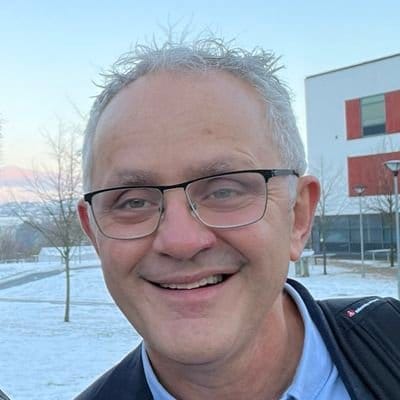I always wanted to be a professional golfer.
In 1979 I had a week off school to caddy for my brother’s mate, Trevor, at the British Open Golf Championship at Royal Lytham & St Anne’s, just outside Blackpool. Trevor was playing in the qualifying rounds more than a week before the event began for real.
This was the fag end of the era of The Big 3: Palmer-Player- Nicklaus. Arnold Palmer hadn’t won a major championship for over a decade. Gary Player was victorious the last time the Open had been played at Lytham in 1974. Jack Nicklaus was defending champion and would go on to win three more major championships in the 1980s.
In the 1970s new players had emerged: our own Tony Jacklin, Lee Trevino, Tom Weiskopf, Jonny Miller, Tom Watson, and a certain young Spaniard named Severiano Ballesteros. Tiger Woods was barely out of nappies.
Trevor had not booked accommodation. There seemed to be nothing available. In desperation we booked a large room at the poshest seafront hotel. It was £35 a night. It was way beyond what we could afford. Trevor left me there and returned an hour later. We booked out of the posh hotel as swiftly as we had booked in; he had found a box room in a B&B for £3.50 a night! He had the bed and I slept on the floor.
The next morning, we went for a practice round at Lytham Green Drive, the course which was hosting the qualifying competition. Gentle parkland, the course was flat and benign. I was waiting for Trevor on the putting green right next to Wayne Player, Gary’s son. Then a young Sandy Lyle turned up. Even four times Open winner Bobby Locke put in an appearance. It was incredible!
Once the practice round was done, we headed up to Lytham St Anne’s, to have a look around the championship course. We stood on the first tee at Royal Lytham pretty much alone. The organisers had hardly begun erecting the stands. None of the course was roped off. It was, in fact, the last year before they charged the public to watch the practice rounds.
As we looked towards the first green a couple of people walked up behind us. It was Jack Nicklaus and his caddie, Jimmy Dickinson. We exchanged greetings. Just to repeat, it was Jack Nicklaus who was then, and still is now, the most successful golfer who has ever lived.
Nicklaus was charm personified. For some reason I had a pen with me and I asked successfully for his autograph. He also gave me a can of lemonade he’d picked up months before at the Australian Open. We walked and talked with him. He hit the ball beautifully, but he had arrived too soon and the course was not yet prepared for championship play. The greens had not been cut tightly enough. After five holes he declared to Dickinson, “James, these greens are way too slow,” bid us farewell and left.
We stood in a daze, but not for long. Tony Jacklin and his caddie approached the fifth green. Jacklin’s Open victory at Lytham a decade earlier still resonated. He struck the ball with crisp authority. But he was po-faced and could hardly speak to anyone, even his caddie. He grumbled around the course as though he would rather be anywhere else than at the site of his greatest triumph.
As the miserable Englishman departed, his antithesis arrived. Severiano Ballesteros had burst onto the scene in 1976 when he was just 19 years old. He had come third in the Open that year, behind Jonny Miller and Jack Nicklaus. He had engineered an incredibly deft chip on the last hole to save his par and his audacity on the golf course was already legendary.
Seve was being tutored by Roberto De Vincenzo, the 1967 Open Champion. We walked with them and listened to their Spanish chat, as they plotted Seve’s way around the course. Even then Seve was playing what we called “military golf” – left, right, left, right, left, right… Ten days later, via the car park on the 16th hole, the dashing Spaniard would be crowned Champion Golfer of the Year.
It was an afternoon, as you might imagine, that proved life-changing for a golf-mad 14-year-old boy like me.
